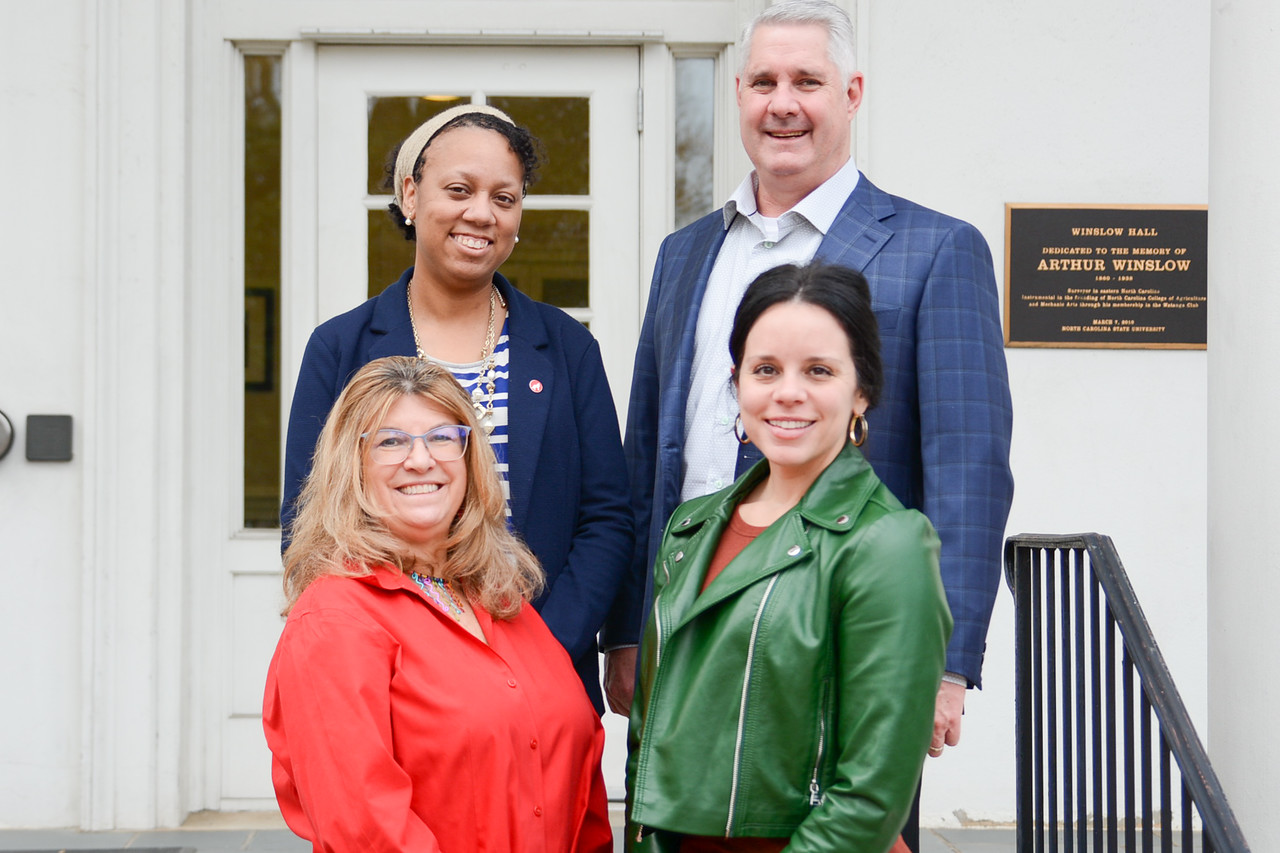TIP: Reducing Bias in Hiring Decisions

While we are all capable of holding unconscious biases, research shows that certain aspects of a hiring process can have an unintentional disparate impact on candidates. Putting some measures in place is essential for ensuring a fair and objective hiring process.
Recognize where biases can impact decision making. A few of the types of bias that can impact the selection process are:
- Affinity bias: A favorable opinion can be given to candidates who share identities (such as gender or race), personal interests, or alma matters.
- Stereotype bias: Someone is discredited for an identity that they hold, i.e., they appear too young or too old, assumptions that female candidates might leave to start a family, racial or ethnic misconceptions, etc.
- Halo/Horn effect: Too much weight can be given to one characteristic that unfairly favors or negatively discounts a candidate. For example, if someone made a good first impression, but was just so-so in their ability to answer critical questions it’s been shown that the “halo” of the good impression can cloud one’s perspective.
Check your process for ways that unconscious biases may have eliminated candidates, or caused you to hone in too quickly on one or two. Examine all areas of your process, before, during and after the interviews. Here are some points to consider:
- Establish a diverse hiring committee who will bring different perspectives and reduce the impact of individual biases. Ensure that the panel is aware of the measures you are taking to eliminate biases as well the legal guidelines that you will be adhering to throughout the hiring process.
- Devise a system that can hide applicants’ personal information such as name, gender, and age from resumes as you screen resumes in order to focus on skills and qualifications.
- Standardize your points of interactions by creating a structured interview with a set list of questions that will be used for all candidates. Make sure you stick to the script and minimize side conversations.
- Establish objective criteria for your selection committee to evaluate candidates. Clearly define job requirements and develop a scoring system to quantify candidate responses based on predefined competencies.
By implementing these strategies, your team can foster a more inclusive and fair interview process, ultimately leading to better hiring decisions.
Recommended Resources:
- NC State’s Equal Opportunity and Equity unit offers a one-hour Search Committee Training course in an asynchronous format or in a Zoom classroom setting.
- IESP’s Unconscious Bias course on REPORTER (live or asynchronous)
- LinkedIn Learning Course: Fair and Effective Interviewing for Diversity and Inclusion, by Verna Myers
- Brennan, M. (2019, 11). Overcoming unconscious bias around recruitment and hiring. Talent Acquisition Excellence Essentials, Retrieved from NC State Libraries
- Categories:
